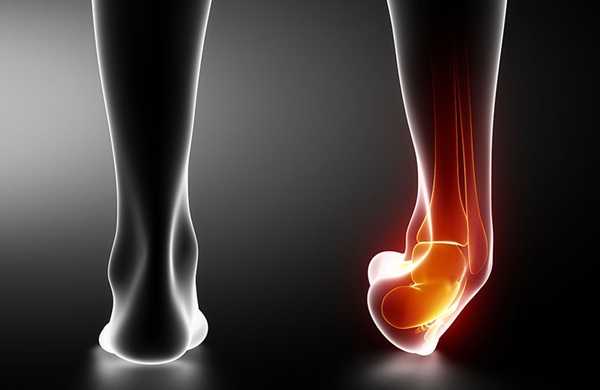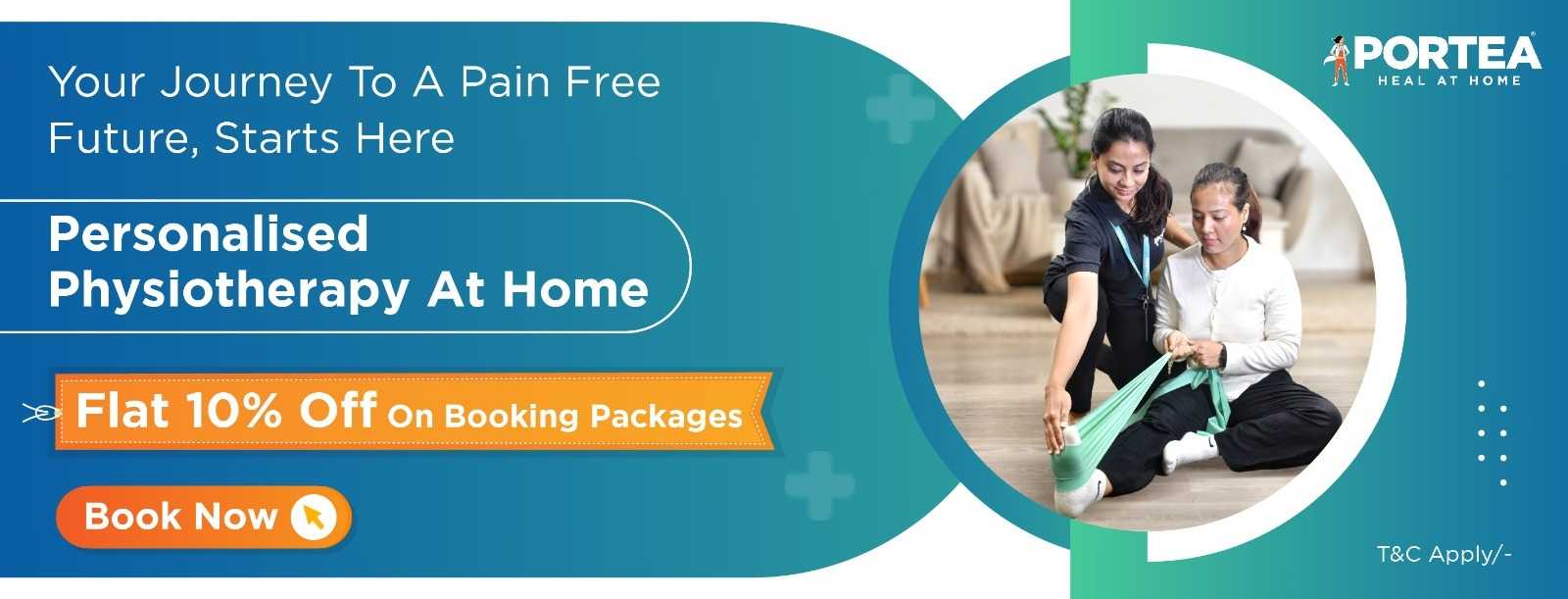
ligament sprain: acute phase
Expert Physiotherapy at Home
Personalised Recovery Programmes
Trusted Physiotherapists. Real Results.
Patient Testimonials
Our Medical Team
Meet some of our experienced and dedicated healthcare professionals
Dr. Lokesh G
15 Years Experience
SPECIALIZATIONS
Experienced in Neurological rehabilitation, Orthopaedic physiotherapy, and Paediatric care
Delivers structured, high-impact treatment plans across neuro, ortho, and paediatrics—ensuring safety, comfort, and measurable recovery at every stage.
Dr. Mohammed Sarwar
15 Years Experience
SPECIALIZATIONS
Experienced in Neurological rehabilitation, Adult physiotherapy, and Paediatric care
Combines deep clinical expertise with a compassionate approach, supporting both adults and children through neuro and physical rehabilitation that promotes long-term independence and recovery.
Dr. Nelapati Divya
12 Years Experience
SPECIALIZATIONS
Skilled in Orthopaedic rehabilitation, Manual therapy techniques, and Paediatric physiotherapy
Brings a personalised, hands-on approach to healing—combining structural expertise with paediatric sensitivity to restore movement, relieve pain, and improve everyday function.
Dr. Naveen V
3 Years Experience
SPECIALIZATIONS
Trained in Pain management, Cardiac and Orthopaedic rehabilitation, Neurological care, and Neural tissue mobilisation
Brings clinical precision and empathy together—designing science-backed recovery protocols for pain relief, nerve mobilisation, and cardio-neuro-ortho rehabilitation across all age groups
Dr. Miloni Savla
2 Years Experience
SPECIALIZATIONS
Holds an MPT in Orthopaedics with a focus on Musculoskeletal rehabilitation and strength recovery
Delivers focused, movement-oriented therapy grounded in orthopaedic science—helping patients rebuild strength, restore function, and return to daily life with confidence

introduction to ligament sprain: acute phase
Ligament sprains are one of the most common injuries affecting the musculoskeletal system. During the acute phase of a ligament sprain, which typically lasts for the first 72 hours post-injury, inflammation and swelling dominate the clinical picture. A sprain occurs when a ligament, the fibrous tissue connecting bones, is overstretched or torn due to excessive force or trauma. Understanding the acute phase of a ligament sprain is crucial for effective management and recovery.
signs and symptoms for ligament sprain: acute phase
The acute phase of a ligament sprain is characterized by intense pain localized around the affected joint. Other hallmark symptoms include swelling, bruising, and reduced range of motion. The area may feel tender to the touch, and the individual might experience difficulty bearing weight on the affected limb. In severe cases, instability in the joint can also occur.
causes for ligament sprain: acute phase
Ligament sprains in the acute phase often result from sudden movements or external forces that push a joint beyond its normal range of motion. Common scenarios include twisting injuries during sports activities, falls, or accidents. The severity of the sprain is classified into three grades: Grade I (mild stretching), Grade II (partial tear), and Grade III (complete rupture).
risks for ligament sprain: acute phase
Certain factors increase the risk of ligament sprains. These include participating in high-impact sports, poor physical conditioning, inadequate warm-up before exercise, or wearing improper footwear. Individuals with a history of ligament injuries or joint instability are also more prone to sprains.
prevention for ligament sprain: acute phase
Preventing ligament sprains requires a proactive approach. Regular strengthening and conditioning exercises can improve joint stability. Wearing appropriate footwear and using protective gear during sports can minimize risks. Additionally, warming up before physical activity and maintaining flexibility through stretching exercises are crucial preventive measures.
treatment methods and diagnosis for ligament sprain: acute phase
In the acute phase, immediate management follows the R.I.C.E. protocol—Rest, Ice, Compression, and Elevation. Resting the affected area prevents further injury, while applying ice reduces swelling and pain. Compression bandages and elevation help control inflammation. Diagnosis involves a thorough clinical examination and imaging tests such as X-rays or MRI to assess the extent of the ligament damage.
how physiotherapy helps in ligament sprain: acute phase
Physiotherapy plays a pivotal role in managing ligament sprains during the acute phase. Gentle manual therapy techniques and modalities such as ultrasound or electrical stimulation are used to reduce swelling and pain. Controlled exercises are introduced to maintain mobility without aggravating the injury. Physiotherapists also provide guidance on gradual weight-bearing activities and support the transition from the acute phase to the recovery phase.
how portea helps in ligament sprain: acute phase
At Portea, we understand the challenges of living with ligament sprains. Our home-based physiotherapy services are tailored to the specific needs of each individual, providing personalized care to help them regain mobility and independence in a safe and supportive environment.
We also specialize in providing expert physiotherapy services for post-surgical rehab, arthritis, neuro-rehab, sports injury, orthopaedic physiotherapy, physiotherapy for elderly, for respiratory disorders and more – all delivered conveniently at your home. Our dedicated team ensures you receive the personalized care you need for a smooth and successful recovery.
portea’s other physiotherapy services based on medical conditions
faqs on ligament sprain: acute phase
1.What happens during the acute phase of a ligament sprain?
The acute phase lasts up to 72 hours and is marked by pain, swelling, and restricted movement due to inflammation. Immediate care focuses on reducing discomfort and preventing further injury through rest, ice application, compression, and elevation.
2.What are the common symptoms of a ligament sprain?
Symptoms include pain, swelling, bruising, joint stiffness, and difficulty moving the affected area. Severe sprains may cause instability or an inability to bear weight. Symptoms vary based on the severity of the injury, ranging from mild discomfort to intense pain and joint dysfunction.
3.How do ligament sprains occur?
Ligament sprains occur due to excessive force on a joint, often from sudden twisting, falls, or impact injuries. Sports activities, improper footwear, or inadequate warm-ups increase the risk. The injury stretches or tears the ligament, leading to pain, swelling, and limited movement.
4.How is a ligament sprain diagnosed?
A healthcare provider assesses symptoms, performs physical tests, and may recommend imaging like X-rays or MRI. These tests determine the extent of ligament damage, differentiating between mild stretching, partial tears, and complete ruptures, helping guide appropriate treatment and rehabilitation plans.
5.What should be done immediately after a ligament sprain?
Follow the R.I.C.E. method: Rest the joint, apply Ice to reduce swelling, use Compression for support, and Elevate the limb to control inflammation. Avoid putting weight on the injured area, and seek medical evaluation if symptoms worsen or mobility remains significantly impaired.
6.When should I see a doctor for a sprained ligament?
Consult a doctor if pain is severe, swelling persists, or movement is highly restricted. Immediate evaluation is necessary if you cannot bear weight, hear a popping sound at the time of injury, or suspect a complete ligament tear requiring specialized treatment.
7.Can a ligament sprain heal on its own?
Mild sprains often heal with rest and home care, but moderate to severe cases may need physiotherapy or medical intervention. Ignoring symptoms can lead to joint instability or chronic pain, so proper rehabilitation is essential for full recovery and to prevent further injuries.
8.How long does it take to recover from a ligament sprain?
Recovery time depends on severity. Mild sprains heal in a few weeks, while moderate injuries may take several months. Severe ligament tears often require prolonged rehabilitation, including physiotherapy, to restore strength and stability before returning to normal activities.
9.How can I prevent ligament sprains?
Strengthening muscles, warming up before exercise, wearing proper footwear, and avoiding sudden joint stress help prevent sprains. Maintaining flexibility and practicing balance exercises reduce injury risks. Protective gear during sports and cautious movement also minimize ligament strain and joint damage.
10.How does physiotherapy help in ligament sprain recovery?
Physiotherapy reduces pain, restores mobility, and strengthens muscles through guided exercises, manual therapy, and rehabilitation techniques. It enhances joint stability, prevents complications, and ensures a safe return to daily activities while minimizing the risk of recurring injuries.
Doctor Consultation
Nursing
Physiotherapy
Trained Attendant
Elder Care
Mother & Baby Care
Lab Tests
Medical Equipment
Speciality Pharma
Critical Care











